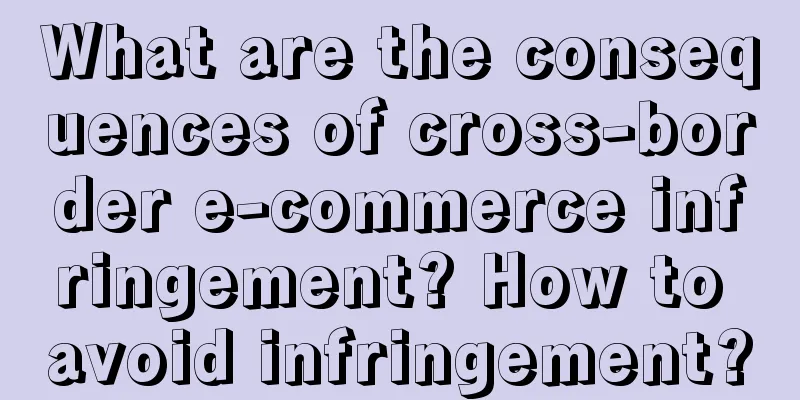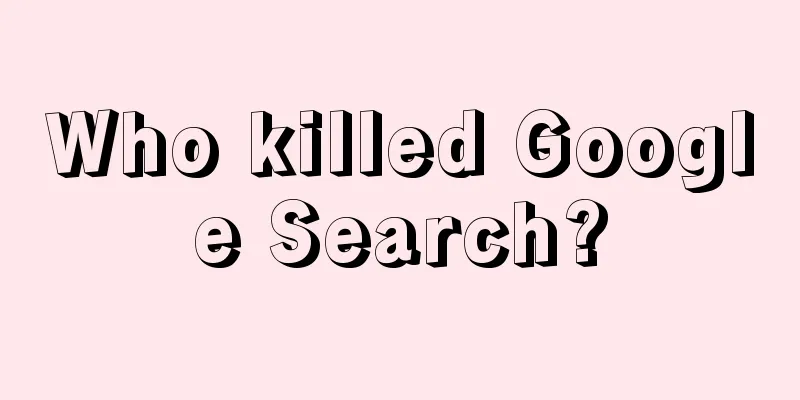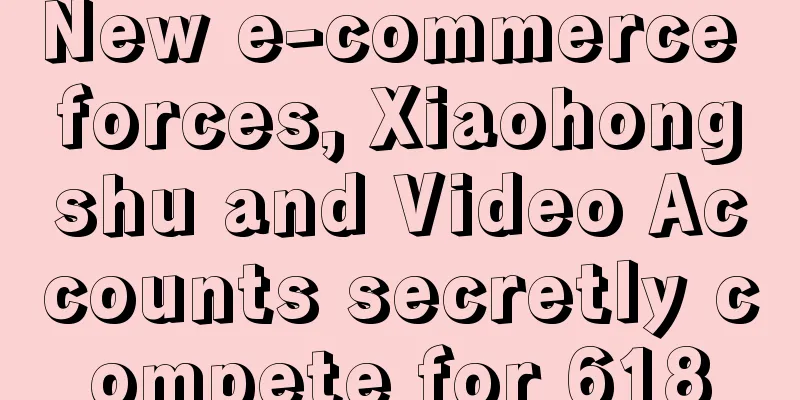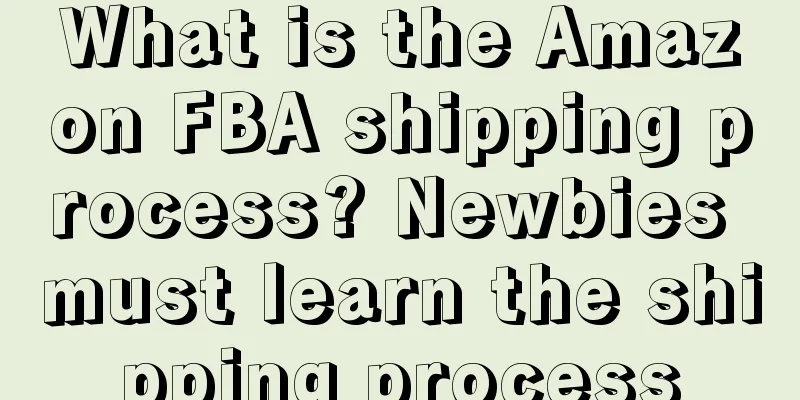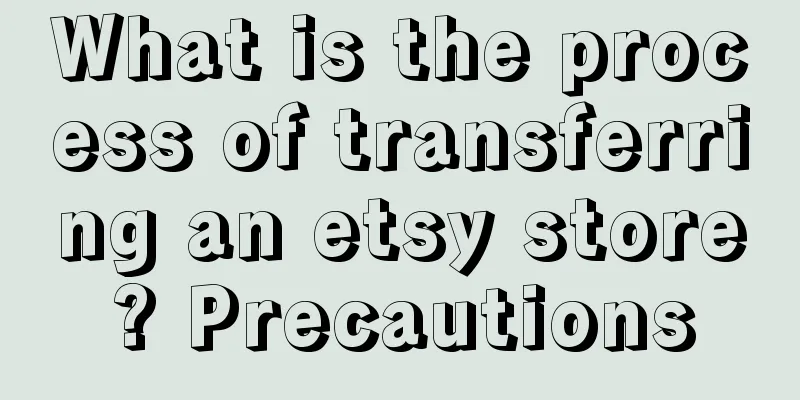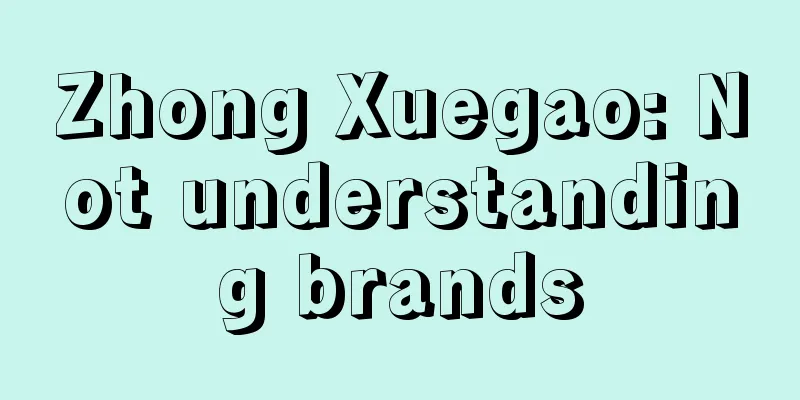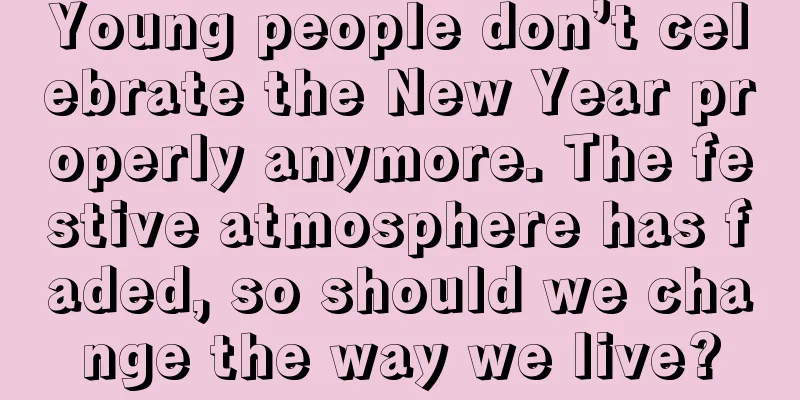Is “intuitive marketing” no longer working?
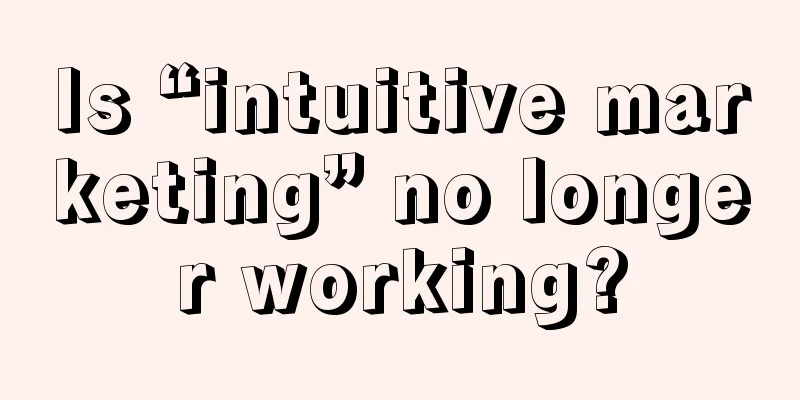
LV is popular again, do you know why? From June 25th to July 9th, Louis Vuitton and three coffee shops, MANNER, PLUSONE and METAL HANDS, launched a joint marketing campaign. The whole thing is, if you buy two city travel books for 290 yuan, they will give you a canvas bag with the LV logo. In other words, you spend 580 yuan, but actually buy a co-branded canvas bag and give you two books. To be honest, I definitely won’t buy it. I really don’t understand what those people who rushed to buy it were thinking. These big brands always like to do things that make people confused, first the “bracelet that looks like a paper clip”, then the “plastic luxury sandals”, for the sake of brand premium, it’s nothing strange. In the past, this kind of marketing method would definitely be accepted by everyone. After all, this kind of intuitive marketing has always been a routine operation for big brands. But this time, the joint event has greatly affected LV's brand image. Some media even said, "Spending hundreds of dollars to buy a canvas bag and putting an LV label on it, isn't this just being poor and vain?" This public opinion direction that goes against the brand's values forced the brand to quickly stop the event. 01Intuitive marketing is a marketing strategy that allows users to make purchasing decisions quickly and emotionally (salience and 'system one' thinking). The goal is to create a direct and strong impression in the minds of consumers, which is usually achieved through the use of celebrity spokespeople and joint collaborations with trendy brands. The key to this marketing strategy is to create a conditioned reflex that can trigger an immediate reaction in the user's mind, so that the user does not need to spend too much time thinking when making a purchasing decision; in simple terms, it is to use the consumer's intuition and reflexes to achieve sales goals. There are many such cases in life, such as: When you go to the supermarket, you may be attracted by the large packages of potato chips that look solid. They look huge, and there is a sense of satisfaction in holding them in your hands, making you feel that this bag of potato chips must be "super sufficient" and you can't finish it in a day. However, when you excitedly open the package, a puff of air comes out and you realize there are only a few real potato chips. Or, sometimes when you are hungry and see the instant noodles package with big chunks of beef, springy noodles and rising steam on it, you will definitely think that the actual cooked noodles must be as tempting and delicious as the picture on the package. But you may rarely notice the small words on the packaging: "Pictures are for reference only." Therefore, it is not difficult to find that intuitive marketing generally stimulates people's senses through vivid images, or makes people feel that they have got a great deal; from the perspective of cognitive psychology, this makes full use of people's "emotional brain". In the book "Thinking, Fast and Slow", the author divides thinking into two systems: System 1 operates unconsciously, quickly, without much mental effort, without any feeling, and completely on autopilot. You can think of it as fast thinking, or the emotional brain. System 2, on the other hand, shifts attention to activities that really require mental effort, such as complex mathematical calculations. You can call it slow thinking, or the rational brain. One of the purposes of marketing is to use various means to guide consumers' quick thinking, so that they will naturally choose and buy your brand products without thinking. Many times, we ourselves may not even know why we choose a certain product or brand. Think about it, how many of the things you bought on 618 can you still remember? In fact, psychology has a huge impact on marketing. However, in today's marketing field, most people are more concerned about the coolness and fun of creativity, but there is not enough research on the actual impact of psychology on marketing. 02Why does intuitive marketing work so well over and over again? There are two main reasons: First, preconceived experience. When we encounter something in life, we will put the experience in our mind, so that the next time we encounter a similar problem, we can directly use this shortcut to make a judgment. Just like if you hear a tiger roaring in the bushes, most people's reaction might be to run away immediately. This is because our intuition tells us that tigers are dangerous. However, for a toddler, he might just stand there because he has not yet learned the concept of being afraid of "tigers". So, sometimes intuition can really help us save time and make decisions quickly. However, sometimes intuition can lead us to misjudgment because it relies on our past experience rather than the current reality. For example: For a period of time, news about plane accidents has been broadcast on TV and the Internet, and people will think that the mortality rate of plane accidents is particularly high. In fact, in comparison, the mortality rate from diabetes is much higher than that from plane accidents. This is because our intuitive thinking is interfered with by too much information, making us feel that plane accidents are particularly dangerous. By the same token, intuition also affects decision-making. Imagine that you are a marketer and you are advertising for an insurance company. There are two options, one that makes people feel uncertainty and fear about the future, and the other that allows people to see a better life in the future. Which would you choose? Most people would choose to take precautions and prepare for possible problems in the future. In fact, B is the correct choice. Because when people feel afraid, they will focus more on current problems rather than the future. Only by showing a bright future will people be willing to buy insurance. Therefore, in the insurance industry, most of the advertisements you see are about showing a better life in the future, so that people will be more willing to invest their money in the future. Second, the implication of large-scale advertising. The persuasiveness of advertising has gradually increased. In the 19th century, advertising was like a reader, describing the physical value of goods in a serious manner. In the 20th century, advertising began to become dramatic, using symbols and hints to make you feel your own shortcomings, and then selling products to you as if it was the antidote to your self-salvation. Many classic advertisements are like sketches, in which the protagonist is laughed at because of a small problem, and then a friend introduces him to a product. This product is like a savior, helping him get out of trouble and live a happy life. This script of "problem arises - products enter the market - problem is solved" promotes the development of intuitive thinking, incites users' anxiety and stimulates them to buy. for example: In the early years, Volkswagen’s Beetle advertisement, “Think Small”, only had a small car appearing alone on a blank screen, mocking its own simplicity and smallness. The slogan of the advertisement emphasizes freedom, not perfection, and the slogan has changed from "our products are the best" to "be yourself". Although the current advertisements are all shouting "be yourself", the essence has not changed. The advertisements are still selling products. Having said that, one brand cannot influence consumers across the country. When most brands begin to spread in the form of "content", our subconscious mind gradually forms an anchoring effect, just like when drinking coffee, many people think of Starbucks first. This is why people often buy things blindly. First, we are often guided by advertisements and previous experience, so we just buy without thinking too much. In addition, big brands don’t have many products, so there is a sense of scarcity. They also like to use hunger marketing to make everyone feel that they have to buy quickly. Therefore, when a celebrity co-branded or limited edition product comes out, it becomes more difficult for people to think rationally, and they rush in blindly and buy directly. 03Having said that, I feel that intuitive marketing has never solved any real user problems, nor has it brought any substantial added value to the brand; it seems like a smoke screen that just makes people feel a kind of "subjective identification", nothing else. If you don’t believe it, come and see. What do most skin care product descriptions on the market say? Whitening overnight; or, one bottle solves the problem, acne is eliminated immediately; after three days of use, you will see noticeable firming effects. The copywriting of shampoo is usually: high spirits, smooth life; radiant light, moving towards brilliance; or full of energy, leisurely life; or even radiant complexion, happy mood, etc. Real estate advertising slogans generally include: excellent architecture, unparalleled honor; meticulous design, showing dignity; fashionable life, supreme enjoyment; or the choice of luxury homes, leading your life; ultimate luxury, leading to glory, etc. This kind of copy can be seen in many brand advertisements on the market. They may think that such copy can show the brand's cultural taste and high level, and consumers will also be attracted by these high-end content. However, in reality, users don’t feel anything when they see these contents. Why? Because these so-called "whitening overnight", "showing nobility" or "glorious life" do not conform to consumers' perception of the products. For example, those skin care products that whiten skin overnight, users can tell at a glance that only fake products dare to boast like this; and as for those real estate properties that are meant to "show dignity" or "glorify life", for most people, these are major life events that cannot be solved by products. Therefore, intuitive marketing is actually a kind of sweet talk with too much exaggeration; today's consumers have become smarter and will no longer be deceived. This is mainly because with the improvement of infrastructure, the psychological and real distance between people and commodities is getting smaller and smaller, our worship of material things has reached its peak, and we no longer need to prove our own value through a brand logo or a name. If you don’t believe it, take another look? In terms of commodities, in the early days of reform and opening up, my country's factories and sales channels were still in the initial stage and commodity supply was very scarce. At that time, a common daily necessity might become a treasure that people scramble for, and people would have to queue up for it. This is a shortage on the supply side that makes people always anxious about items. However, with the rise of the Internet in the 1990s, everything changed dramatically. Both the productivity of factories and sales channels have been greatly expanded. Now is an era of extremely abundant commodities, with all kinds of products blooming everywhere, from basic necessities to exquisite luxury goods, almost everything you can imagine can be easily purchased through the Internet. Today, when we walk down the street, we are greeted by billboards advertising all kinds of merchandise. On Internet shopping websites, there are an even greater variety of merchandise for us to choose from. People no longer need to feel anxious about obtaining goods. On the contrary, because goods are too abundant and choices are too diverse, the supply side has become involuted, making consumers feel that they can buy cost-effective goods without spending a lot of money. In terms of logistics, delivery efficiency is getting higher and higher. Now there are next-day delivery, next-day delivery, and even 1-hour delivery... Such efficient logistics and the Internet have greatly reduced waiting time, and sometimes even eliminated waiting directly, so that we can get what we want very quickly. It is true that when resources become inexhaustible and the material basis for consumers' survival improves, people begin to become more rational and realize that many seemingly important consumptions may not actually be necessary. This rational consumption concept has led people to move from the era of excessive consumption to a lifestyle dominated by the pursuit of comfort and simplicity. In this minimalist lifestyle, people pay more attention to the quality of life rather than the accumulation of material things. Therefore, when businesses use intuitive marketing to target consumers, consumers may question themselves: Is this product really worth the price? Do I really need it? Obviously, the effect of intuitive marketing is gradually weakening, so marketing needs to be counter-intuitive. 04This counter-intuitive approach requires brands to be “rationalized” from three aspects: 1. Understanding Mental RepresentationsMental representations are also called "mental models". They are our understanding and expectations of a product or service. These understandings and expectations are usually based on personal experience and knowledge. This model determines how users use and understand a product or service. Just like the LV co-branded product this time, in our minds, LV symbolizes luxury and high-end. When we see LV launch slippers or paper clip-like accessories worth tens of thousands of yuan, we naturally understand these as brand marketing attempts rather than actual sales products. However, when LV launched a product with a relatively affordable price and design elements that did not quite match LV's high-end image in this joint product, we felt something was not right. This feeling is called "sense of disharmony". Simply put, this "sense of disharmony" stems from the mismatch between the product and our expectations of LV. This also means that LV failed to accurately meet the consumer's mental model in this joint product, leading to the consumer's psychological reaction. Therefore, the key to understanding the mental model is to find the answer from the user's perspective. Either the user feels that the price paid for the co-branded product matches its value, or the user simply cannot afford the series. 2. Return to the Demand TriangleThe word "demand" is often mentioned by everyone, and it doesn't sound difficult, but it is indeed more profound than people think. The demand we usually refer to is: People have the purchasing power to meet specific needs for specific products and services. If we break down this sentence and look deeper, we will find that it actually contains a key "triangle model". The three corners of this triangle model represent "sense of lack", "target object" and "spending power". The so-called "sense of lack" is an emotion. For example, a female college graduate may think that a 200-yuan bag is good-looking, but when she starts working and sees her colleagues carrying bags worth thousands of yuan, she may feel a sense of "lack." In fact, the "sense of lack" is often stimulated by acquired marketing methods. With a sense of "lack", consumers will naturally have a target. These two constitute the motivation for consumption. When such a motivation arises, as long as consumers have the ability to pay, consumption will be formed. However, as marketers, we cannot use a "non-branded equivalent" to fill the psychological gap of consumers just because they have the spending power. In other words, I can spend tens of thousands of dollars to buy an LV bag, but you cannot just put an LV label on a sack and sell it to me. 3. ReinvigorateThe value of high-end brands lies in their exclusivity, so blindly catering to young consumers is a very dangerous thing. Christian Blanckaert, former CEO of Hermès Group, once said in his book “Luxury”: “The luxury industry should dig deep and find the roots of objects, inject life into those disappeared gestures, forms and colors, and transform those ancient and forgotten fashions into new modernity.” I think that brands should not change with the preferences of consumers in each era. Since you are a high-end brand, you should stick to the high-end route. If you want to bend down, that's fine, but you must stick to the core values of the brand. What are these values? They are not highlighted by a single label of "price, expensive". I think LV should know the most simple truth, that is, some things are not expensive, but very scarce, very popular, and very meaningful. In general: LV was superficial this time. For a brand, if it can strengthen the value of the product that its users have already received, it will gain multiple appeal to users; on the contrary, if your marketing cannot strengthen users' love for the brand, it is "playing with fire." Author: Wang Zhiyuan, public account: Wang Zhiyuan |
>>: Ordinary people should stop creating content, but they should understand these two things
Recommend
When traditional culture becomes the "stepping stone" for variety shows to break through the circle
Variety shows have always been a popular type of p...
How to calculate the conversion rate of an independent website? What does the conversion rate of an independent website mean?
There are actually quite a lot of merchants who wa...
What are the consequences of Amazon limiting traffic? How to deal with it?
No matter which platform you open a store on, whet...
What is Amazon's export plan to Malaysia? What's going on?
As a cross-border e-commerce platform, Amazon is v...
Pet New Year's Eve dinner and Spring Festival couplets are hot sellers: "pet consumption" is deeply moving towards anthropomorphism
The emotional value of companionship needs is pric...
What I witnessed at ChinaJoy 2024: Top game developers competed against each other, and new Internet giants joined the show
ChinaJoy 2024 was unprecedentedly grand, with top ...
How much is the sales revenue of a cross-border e-commerce company? How to make good sales?
The sales revenue of cross-border e-commerce compa...
How to maintain an eBay account? What should I pay attention to?
Cross-border e-commerce is also a great opportunit...
How long will e-commerce remain low-key as video accounts have been promoted to the center of attention?
E-commerce platform restarts? What are the advanta...
A Preliminary Study on the Application of ChatGPT in Content Operation
The author of this article discusses the specific ...
Is Amazon's payment cycle fixed? When will the payment be returned?
Merchants who have done e-commerce know that the p...
What products are better to sell in cross-border e-commerce? What products are easy to sell?
There are actually quite a lot of merchants doing ...
Does Shopee not require a business license? What are the advantages?
In recent years, the cross-border e-commerce indus...
What should a novice do in eBay operation? What are the skills?
Although there are many people doing e-commerce in...
Skits are booming, but why is no one around us watching them?
Now that short dramas are so popular, who is actua...
